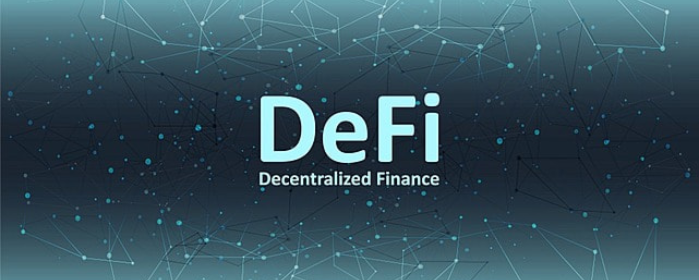- The Lido project introduces GG Vault, a tool that provides one-click access to diversified DeFi yield strategies for users of ETH and the stETH family.
- Deposits receive automatic management across multiple protocols to simplify yield generation for both retail and institutional users.
What GG Vault is and what it offers
GG Vault is a vault contract that automatically allocates funds among selected DeFi protocols to simplify user exposure to multiple strategies with a single deposit. The vault supports ETH, WETH, stETH and wstETH and combines protocol diversification with the convenience of a single deposit action, aiming to reduce the need for users to manage many individual positions.
How the one click mechanism works
Users deposit ETH or tokenized variants of stETH and the vault executes preconfigured strategies across liquidity provision, lending and composability layers. The mechanism automates rebalancing and reapplication of yields, reducing operational burden while maintaining compatibility with existing staking infrastructures and allowing returns to be compounded and redistributed without manual intervention.
Relationship with DVV and stVaults (Lido V3)
The GG Vault launch coincides with Lido V3 components such as the Decentralized Validator Vault (DVV) and the modular stVaults architecture, reflecting a coordinated upgrade of Lido’s ecosystem. DVV aims to distribute Ethereum validation across multiple validator networks and potentially introduce additional tokens, while stVaults offer modularity to customize staking strategies and select node operators, complementing the GG Vault’s focus on composable yield management.
Advantages
GG Vault promises simplicity by allowing a single deposit to access multiple strategies, diversification by spreading exposure across protocols to mitigate counterparty risk, and composability by integrating yields back into the DeFi ecosystem. These combined benefits are designed to make sophisticated yield strategies accessible without requiring users to manage or monitor multiple protocol positions directly.
Risks and considerations
Despite reduced complexity, GG Vault introduces smart contract, integration and liquidity risks inherent to DeFi, and raises governance and concentration concerns as large staking services expand active management functions. It is important for users and custodians to review audits, governance mechanisms and transparency in strategy selection before interacting with the vault, since security and protocol-level failures remain possible.
Implications for financial sovereignty
GG Vault together with Lido V3 features aims to lower technical barriers to decentralized yields, potentially broadening access and enhancing financial sovereignty if implemented with strong security and governance controls. Wide adoption could follow only if the technical execution and governance safeguards sufficiently address the risks associated with active on-chain asset management.

Conclusion
GG Vault simplifies access to DeFi strategies for stETH family users and aligns with Lido’s modular V3 vision, but practical usefulness depends on robust technical execution and security safeguards. For investors and custodians the next practical step is to review available audits and the governance architecture before using the vault.
More information: Introducing Lido V3.

